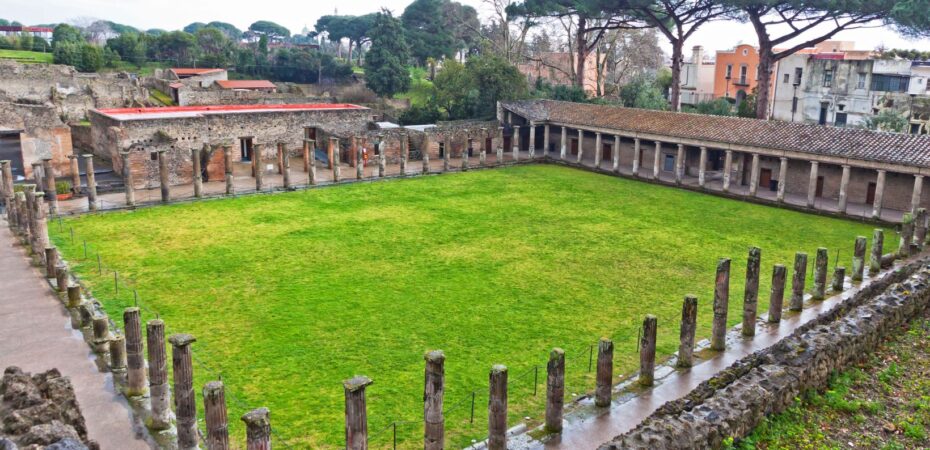Today is a dark day for European historic tourism as news of the ancient House of Gladiators in the famous city of Pompeii has collapsed on Sunday reaches travelers around the world. Archaeologists, commentators and politicians took strong stands, accusing Italy’s government of neglect and mismanagement and blaming them for their failure to preserve this UNESCO World Heritage site. Some event went further, saying the site should be privatized and removed from state control as Italian authorities seem unable to protect it.
Italian newspaper had a similar message, blaming the government for this immense disaster. According to Reuters, La Stampla newspaper headlined “Pompeii – the collapse of shame.”

The stone building named House of the Gladiators was located on Pompeii’s main streets and measured about 80 square meters. It collapsed on Sunday, just after dawn, when fortunately the site was closed to visitors. The name of the house was given as it was believed to be the place where gladiators gathered and trained, also being used as a club house before the battles whcih took place in the nearby amphitheatre.
Called in Latin “Schola Armaturarum Juventus Pompeiani,” Â the House of the Galdiators was not open to visitors, it was only visible while touring the streets of the ancient city. Of great historic and artistic value were its walls, decorated with military-inspired frescoes. According tot he Culture Minister Sandro Bondi who visited the site later on Sunday, some of them might still be saved.
The blatant neglect for Pompeii is appalling if you think it’s also one of Italy’s most popular tourist attractions, with about 2.5 million tourists visiting the ruins each year. The partially buried Roman city is located near Napels in the Campania region. Along with its sister city Herculaneum, Pompeii was destroyed and completely buried when the Mount Vesuvius volcano erupted. This catastrophic event which occurred in 79 AD spanned over two entire days of lava and smoke puring out of the volcano, thus explaining the 4 to 6 meters of ash and pumice that covered Pompeii.
Discovered by mistake 1500 years later (in 1599), the ruins of the Roman city were partially excavated, being one of today’s most detailed source of information on the life of a city in the Roman Empire.


 By
By 








